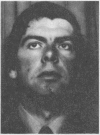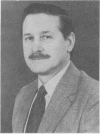Abstract
As an initial step to a broader study of the disorientating effects of cold water immersions on top class competitive canoeists a survey was made of the incidence of hazardous immersions amongst a majority sample of the better canoeists in the country. Virtually the entire entry to one of the most important national competitive meets was canvassed. A total of 288 canoeists in the 1st and 2nd divisions were identified and asked to participate. Replies were received from 247 (86%).
All those responding had had extensive experience of canoeing in winter spate and were capable of fast and efficient first-time canoe rolls in cases of capsize. Particular interest was focussed on the 85 (34%) who had experienced at least one capsize in cold water during training or competition in mid-winter.
Respondents viewed the winter capsize seriously. Despite their familiarity with the conditions in which they trained all 85, recalling their capsize experiences, reported being concerned, most (79%) only modestly so, but a significant proportion (21%) confessed to feelings of extreme alarm.
A number of marked physical symptoms that regularly attend on a capsize were widely reported, the most usual of which was severe pain in the forehead (89%) and breathing and speaking difficulties when afloat (64%). Additionally 62% reported sensory problems including visual difficulties, dizziness and disorientation. Five canoeists admitted fainting.
Despite these hazards few preventive measures were taken and clothing with negligible thermal insulation properties was commonly worn. It is concluded that transient cold immersions can be disturbing, and can disorientate the canoeist, but that although conscious of this and to his own potentially high cost, he takes little notice of it in his desire to compete successfully.
Full text
PDF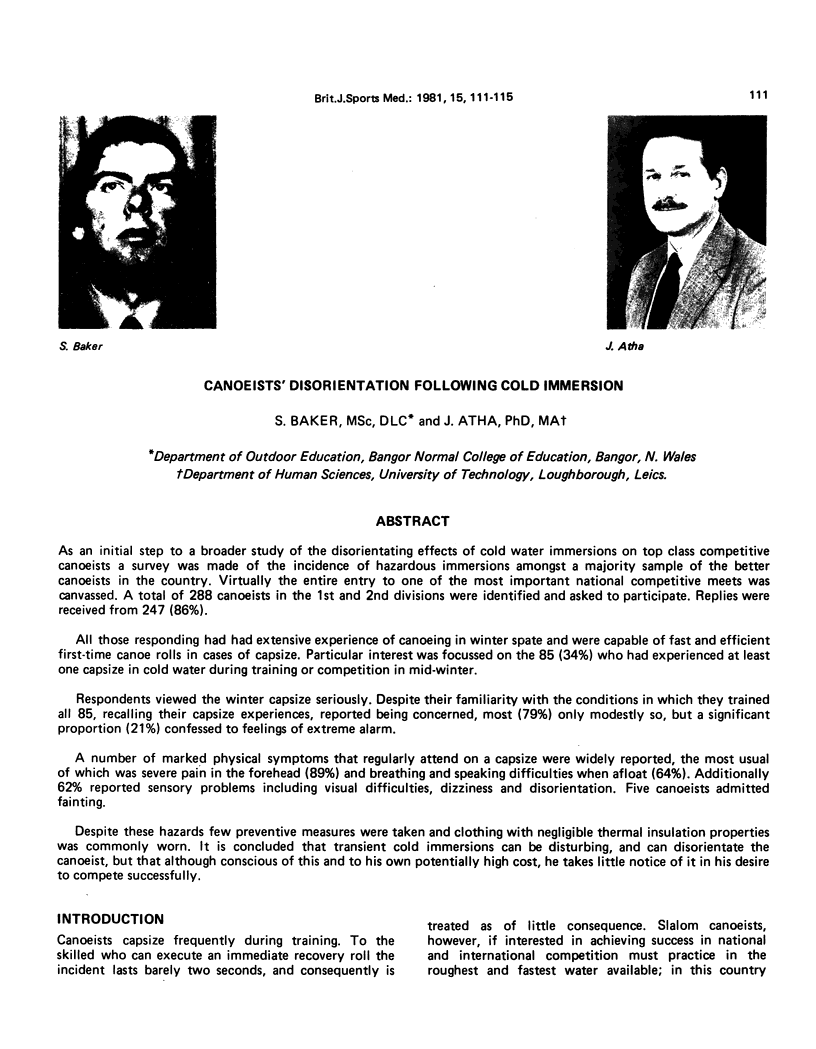
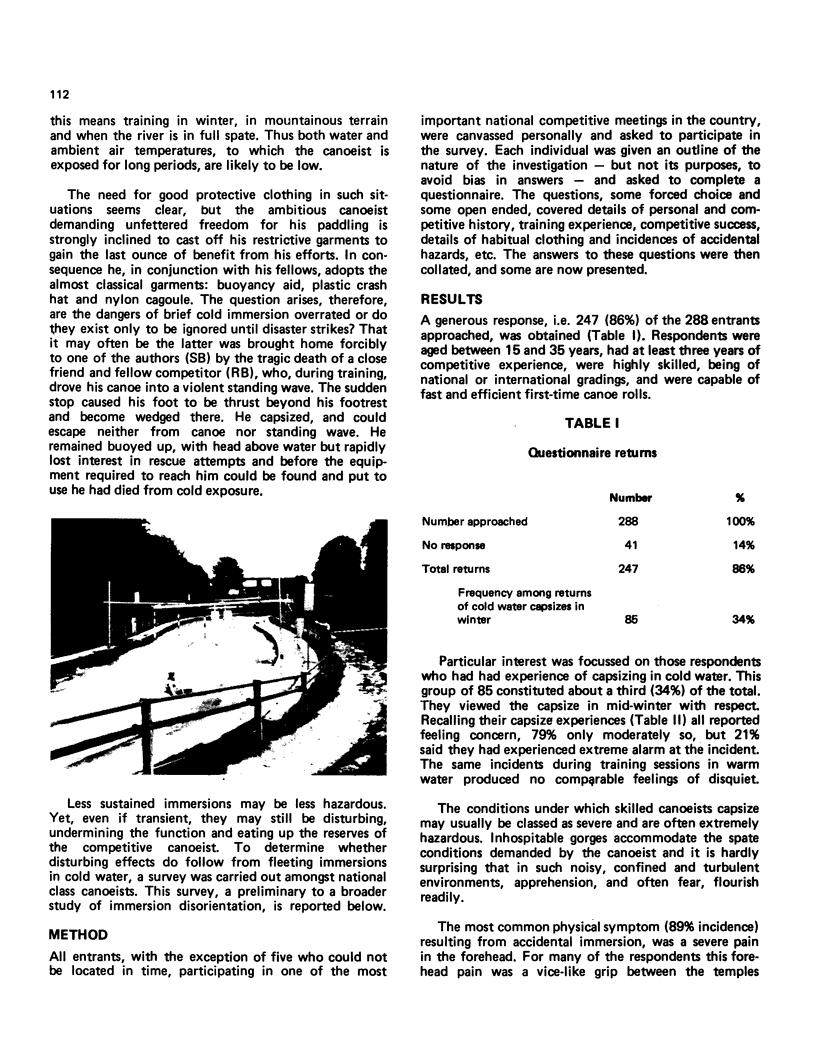
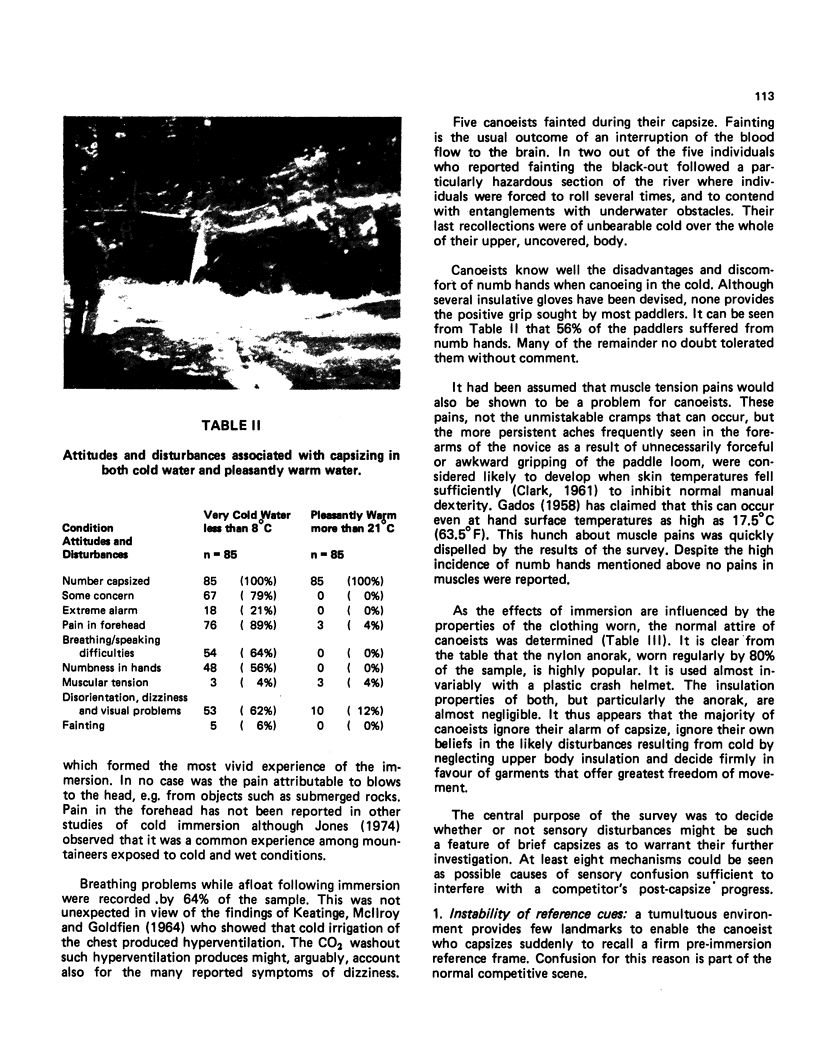
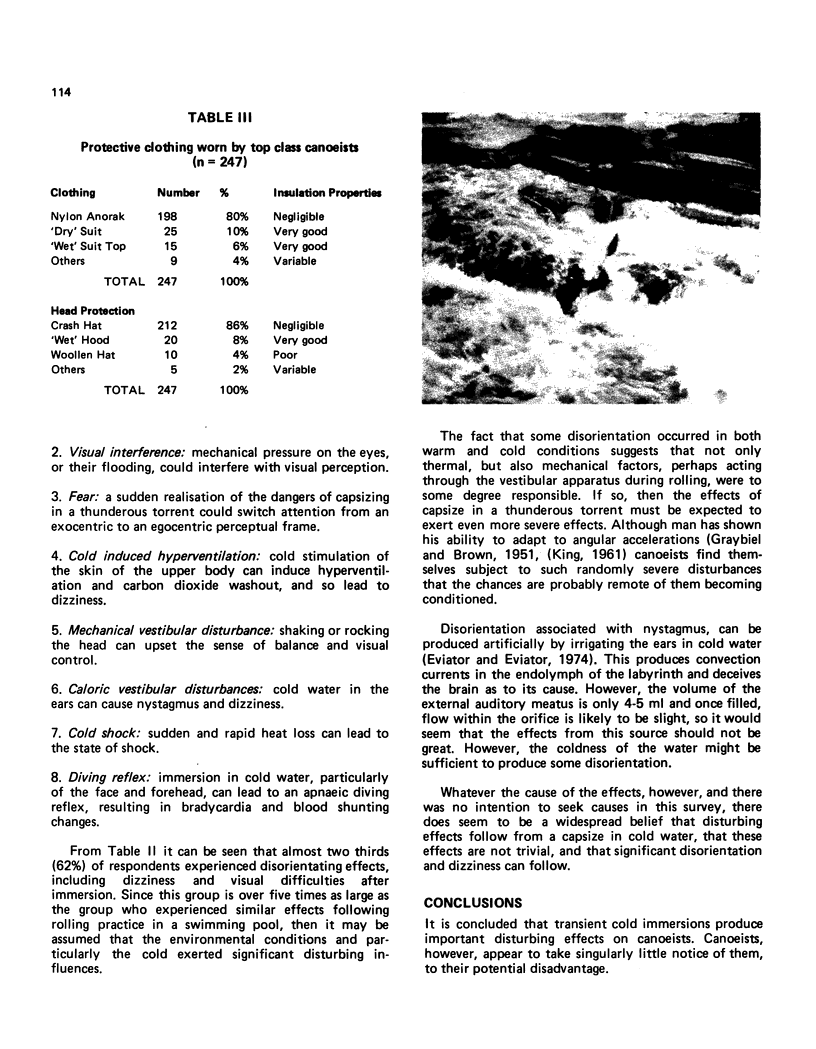
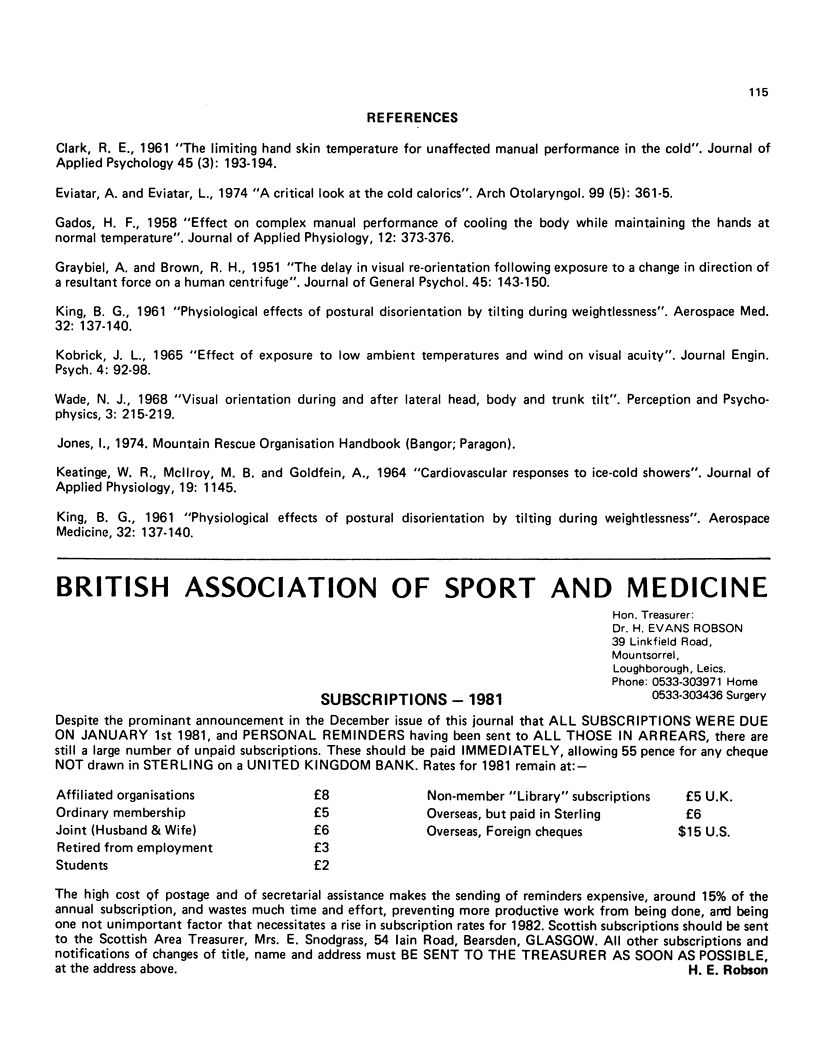
Images in this article
Selected References
These references are in PubMed. This may not be the complete list of references from this article.
- Eviatar A., Eviatar L. A critical look at the "cold calorics". Arch Otolaryngol. 1974 May;99(5):361–365. doi: 10.1001/archotol.1974.00780030373008. [DOI] [PubMed] [Google Scholar]
- KEATINGE W. R., MCILROY M. B., GOLDFIEN A. CARDIOVASCULAR RESPONSES TO ICE-COLD SHOWERS. J Appl Physiol. 1964 Nov;19:1145–1150. doi: 10.1152/jappl.1964.19.6.1145. [DOI] [PubMed] [Google Scholar]
- KING B. G. Physiological effects of postural disorientation by tilting during weightlessness. Aerosp Med. 1961 Feb;32:137–140. [PubMed] [Google Scholar]
- KING B. G. Physiological effects of postural disorientation by tilting during weightlessness. Aerosp Med. 1961 Feb;32:137–140. [PubMed] [Google Scholar]
- Kobrick J. L. Effects of exposure to low ambient temperature and wind on visual acuity. J Eng Psychol. 1965;4(3):92–98. [PubMed] [Google Scholar]



